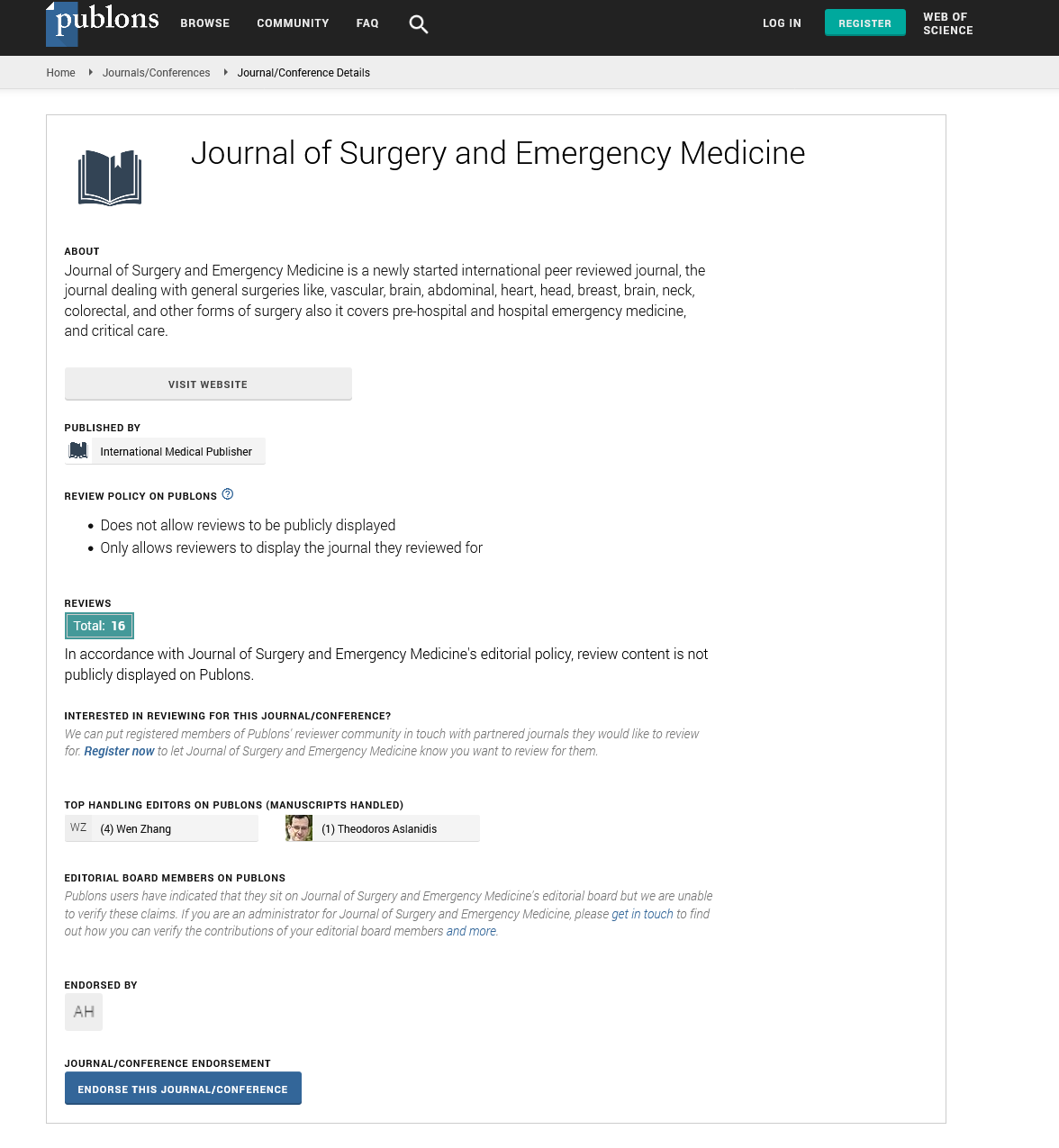Abstract
Acute and Subacute Infarctions in Basal Ganglia Involving Insular and Frontal Cortex of the Left Hemisphere: Primary Cause for Subcortical Aphasia in a Post Cerebrovascular Accident Patient âÃâ¬Ãâ A Single Case Study
Aphasia is a language disorder due to damage in the specific areas of the brain, either of the two hemispheres in the brain when gets damaged due to multiple reasons such as vascular disorders: Cerebrovascular accident (Ischemic or Hemorrhage), Brain damage, tumors, Traumatic Brain Injury, and other brain disorders can affect the specific skills performed by that area in the hemisphere, leading to deficits in performing the regular activities like conversation and motor tasks. In most of the people the language skills are controlled by the left hemisphere of the brain, hence damage in the left hemisphere may lead to problems in speech and language. However, damage in the right hemisphere may cause other problems, like poor attention or memory. Consequently, damage in the anterior part of the brain results in language production impairments (apparently Broca’s type Aphasia), while posterior pathology is associated with language understanding difficulties and disturbances in the phonological, lexical and semantic language systems (often Wernicke’s type Aphasia). From the past five decades, there has been a debate on a type of Aphasia called the Subcortical Aphasia. The Subcortical Aphasia is defined as a language disorder associated with damage to subcortical brain structures, such as the Basal Ganglia, Thalamus, or the White Matter pathways in general vicinity of these structures. Lesions in the White Matter and the subcortical regions that do not affect the cortical regions may also result in various aphasic symptoms (Fasanaro et.al, 1987). The Subcortical Aphasia diagnosis is defined by the lesion localization rather by the characteristics of the type of Aphasia. Although traditionally Aphasia reflects the dysfunction in the cortical regions for language, lesions in the Subcortical Region can disrupt connections to the language cortex.
Author(s): Mohammed Asif Basha Chinoor and Harjeet Singh Kawatra
Abstract | PDF
Share This Article
Google Scholar citation report
Citations : 131
Journal of Surgery and Emergency Medicine received 131 citations as per Google Scholar report
Journal of Surgery and Emergency Medicine peer review process verified at publons
Abstracted/Indexed in
- Google Scholar
- Publons
Open Access Journals
- Aquaculture & Veterinary Science
- Chemistry & Chemical Sciences
- Clinical Sciences
- Engineering
- General Science
- Genetics & Molecular Biology
- Health Care & Nursing
- Immunology & Microbiology
- Materials Science
- Mathematics & Physics
- Medical Sciences
- Neurology & Psychiatry
- Oncology & Cancer Science
- Pharmaceutical Sciences
